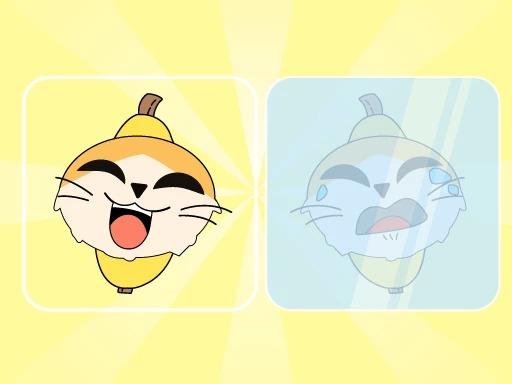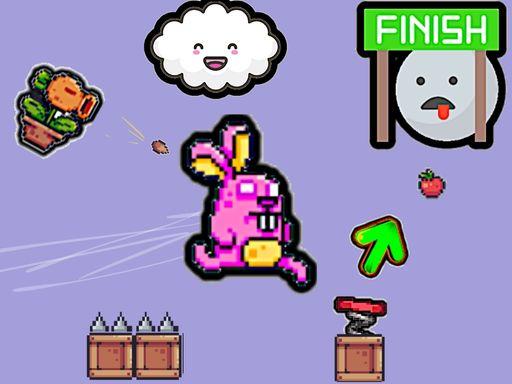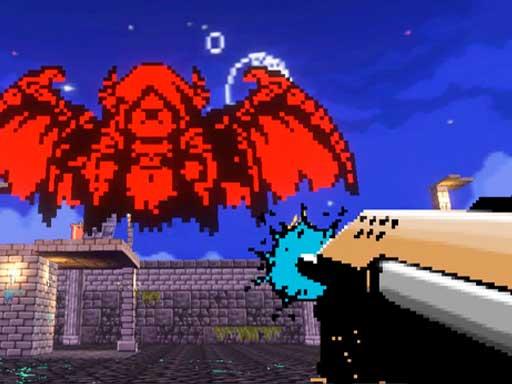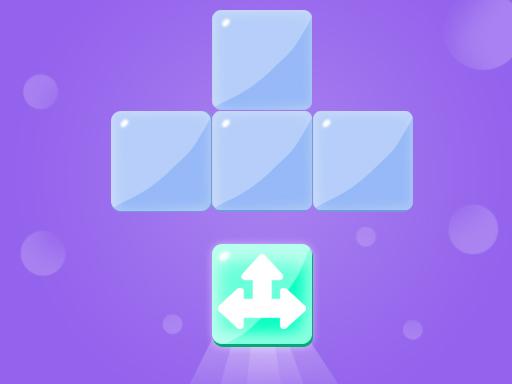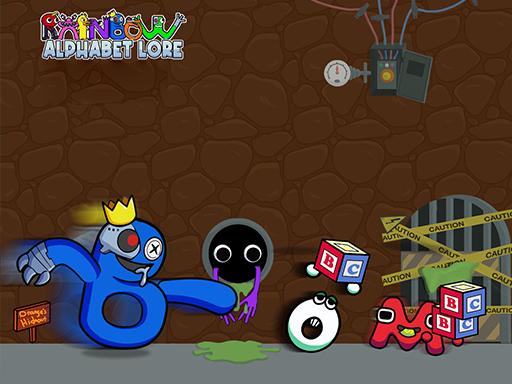Introduction and How to Play Math Plasticine
Math Plasticine is a fun and educational game that combines the creativity of plasticine (or clay) modeling with the challenge of solving math problems. Aimed at children and learners of all ages, it’s designed to make learning math engaging, interactive, and hands-on. Instead of simply solving math problems on paper, players will use virtual plasticine to create shapes, models, and representations that help visualize mathematical concepts, making learning more dynamic.
In this guide, we’ll explore the game’s features, how to play, and provide some useful tips for mastering the challenges it presents.
What is Math Plasticine?
Math Plasticine is a game that allows players to manipulate plasticine-like material to solve various math problems. Whether it’s creating 3D shapes to understand geometry or using plasticine to demonstrate arithmetic operations, the game provides a hands-on approach to learning. By molding and shaping the plasticine, players visualize concepts such as addition, subtraction, multiplication, division, and even more advanced topics like algebra and geometry.
The game is designed to be highly interactive, allowing players to model the math problems they encounter and gain a deeper understanding of abstract concepts by visualizing them in physical form.
Key Features:
- Interactive Gameplay: Manipulate virtual plasticine to solve problems and represent mathematical concepts.
- Hands-On Learning: Develop a deeper understanding of math through tactile modeling of equations, shapes, and objects.
- Engaging Challenges: Solve math problems by creating the correct forms with plasticine—perfect for visual learners.
- Age-Appropriate Levels: Offers different levels of difficulty, making it suitable for young children as well as older students learning more advanced math.
How to Play Math Plasticine
1. Select a Challenge or Task
Once you start the game, you will be presented with a math-related challenge that requires you to use the virtual plasticine to solve the problem. For example, you might need to form geometric shapes like triangles, squares, or cubes, or mold plasticine into specific objects to demonstrate arithmetic operations.
Some common types of challenges include:
- Creating Geometric Shapes: Use the plasticine to form various 2D or 3D shapes to visualize concepts like area, perimeter, volume, and surface area.
- Addition and Subtraction: You might be tasked with creating sets of objects to visually represent addition and subtraction problems (e.g., molding a set of plasticine balls to represent a sum or difference).
- Multiplication and Division: Use plasticine to form groups of objects or parts to demonstrate multiplication or division.
2. Use Plasticine to Solve the Problem
The game will provide you with virtual plasticine or clay that you can mold and shape directly on the screen. You might be required to follow instructions or creatively figure out how to represent the math concept in the game.
For example:
- Geometry Tasks: To solve geometry problems, you could form cubes, spheres, or pyramids with the plasticine to understand volume or surface area.
- Arithmetic Tasks: For addition or subtraction, you may need to model the numbers involved, making small objects (like balls) and adding or removing them to visualize the math.
You’ll have to manipulate the virtual plasticine by stretching, rolling, and combining it in different ways to accurately represent the solution.
3. Complete the Task
Once you’ve shaped the plasticine into the correct form based on the challenge, the game will check your solution. If the model is correct, you’ll move on to the next problem or level. If not, the game will provide feedback to help you improve.
4. Progress Through Levels
The game usually progresses in levels, each with more complex math problems. As you advance, you may encounter more challenging tasks that involve combining multiple math concepts, such as combining geometry with arithmetic or solving algebraic equations.
Tips and Strategies for Success in Math Plasticine
1. Take Your Time to Visualize
Math Plasticine is all about visualization. Before jumping into solving the problem, take a moment to think about how you can represent the math concept with the plasticine. For instance, if you need to create a 3D shape, it helps to visualize how the pieces fit together before starting.
2. Practice Basic Shapes
A lot of math problems in the game will require you to form basic shapes like circles, squares, and triangles. Practice creating these shapes quickly and accurately, as they’ll often be building blocks for more complex tasks.
3. Be Precise
When modeling shapes or objects, precision matters. Ensure that your plasticine creations are the right size and proportions to represent the math problem correctly. For example, when creating geometric shapes, the angles and edges need to be aligned to represent accurate measurements.
4. Use the Tools Available
In the game, you may have various tools to manipulate the plasticine, such as resizing, stretching, or cutting. Use these tools to your advantage to fine-tune your creations and ensure they meet the task’s requirements.
5. Don’t Be Afraid to Restart
If you find that your plasticine model isn’t working out, don’t be afraid to start over. Learning from your mistakes and trying a new approach will help you understand the math concept better and refine your skills.
6. Experiment with Different Approaches
Sometimes, there may be multiple ways to approach a problem. Experiment with different methods of molding plasticine to solve the math problem. The game might offer hints or suggestions that could help guide you in the right direction.
Benefits of Playing Math Plasticine
- Hands-On Learning: Math Plasticine allows players to engage with math concepts in a tactile and visual way, helping them internalize abstract ideas through creation and manipulation.
- Improves Problem-Solving Skills: As players mold plasticine into different shapes or objects, they enhance their problem-solving abilities and gain better spatial reasoning skills.
- Encourages Creativity: The game fosters creativity by allowing players to experiment with different ways to model problems. This can boost confidence in tackling more complex math topics.
- Engaging for Young Learners: The combination of fun, creativity, and education makes Math Plasticine a great choice for younger learners, as it keeps them engaged while reinforcing math concepts.
Conclusion
Math Plasticine is an innovative and fun way to approach math learning. By combining interactive gameplay with hands-on creation, the game provides an engaging way for players to visualize and understand mathematical concepts. Whether you’re reinforcing basic arithmetic skills or exploring more complex geometry and algebra, Math Plasticine offers a dynamic learning experience.
By mastering the techniques of molding and shaping virtual plasticine, players can unlock a deeper understanding of math, making it a more enjoyable and memorable subject. So get ready to roll, stretch, and shape your way to math mastery!
Instructions
Click on the correct answer.


